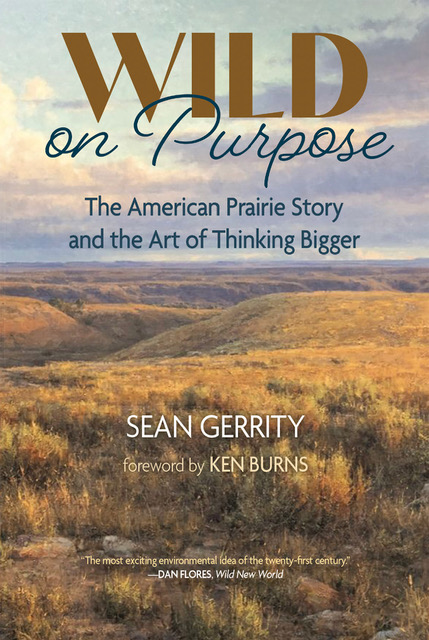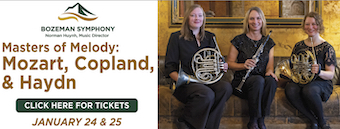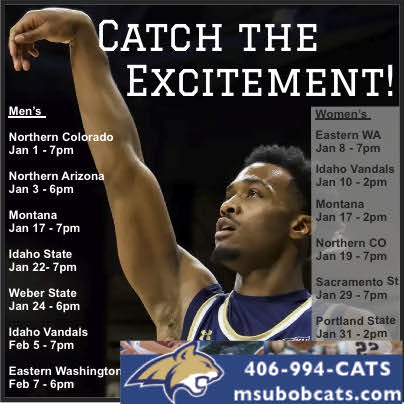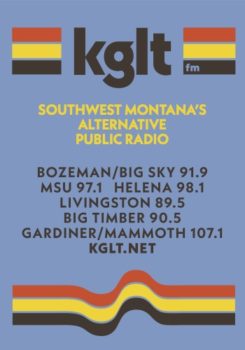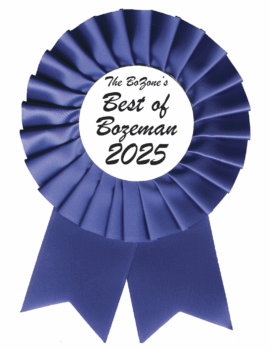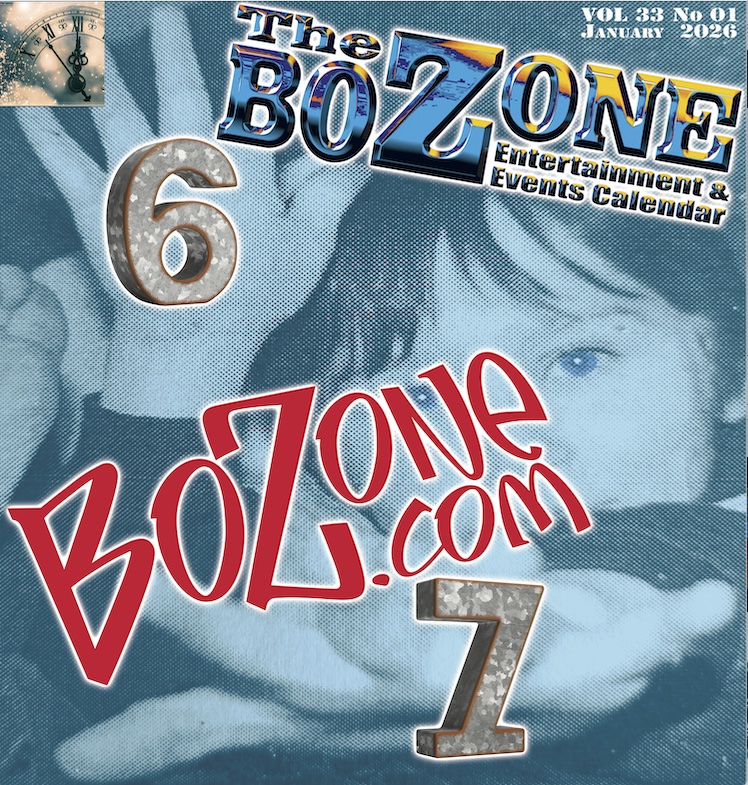OLLI at MSU to host Snowmester online presentation on amphibians in Greater Yellowstone area
From MSU News Service
BOZEMAN — The Osher Lifelong Learning Institute at Montana State University, formerly MSU Wonderlust, will host a special Snowmester presentation on Thursday, Dec. 10. “Ecological Insights from 70 Years of Greater Yellowstone Amphibian Studies” will take place virtually at 3 p.m. It is free and open to the public.
Charles R. Peterson, professor of zoology in the Department of Biological Sciences at Idaho State University, and Andrew Ray, an aquatic ecologist with the National Park Service, will discuss how partnerships between the National Park Service, U.S. Geological Survey and Idaho State University helped launch one of the longest-running amphibian monitoring programs in the U.S. Todd Wilkinson, a Bozeman-based journalist and author, will deliver the opening remarks.
The cool and relatively dry high-elevation Greater Yellowstone area is home to several species of amphibians such as the western tiger salamander, western (boreal) toad, boreal chorus frog, northern leopard frog, Columbia spotted frog and plains spadefoot. While amphibian diversity is not high in the area, native species exhibit a range of adaptations to the varied climate, topography and water chemistry. They also help indicate the health of the wetlands.
Peterson and Ray will discuss amphibian distributions, habitat associations and genetic connectivity of populations. They will also discuss major threats to amphibians in the Greater Yellowstone area and beyond, such as climate change, habitat loss, disease and invasive species. Since the 1950s, herpetological studies in the Greater Yellowstone area have ranged from broad surveys to intensive local investigations, according to Peterson and Ray.
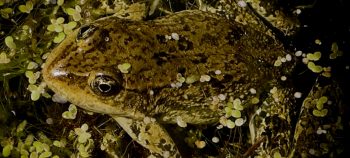
A Columbia spotted frog, an amphibian that is indigenous to the Greater Yellowstone area.
The presentation will also touch upon the expanding use of smartphones and citizen science apps, such as iNaturalist, that let people easily contribute amphibian observations to an online database, increasing knowledge of amphibian distribution and activity in the Greater Yellowstone area.
Peterson is an award-winning professor of zoology at Idaho State and an affiliate curator of herpetology for the Idaho Museum of Natural History. During sabbaticals in 1994 and 2002, he conducted research out of MSU, the University of Idaho, the USGS EROS Data Center and the Yellowstone Center for Resources. Peterson’s research interests include the spatial, physiological and conservation ecology of amphibians and reptiles. Much of his work has focused on reptile populations on Idaho’s Snake River Plain and on amphibian populations in the Greater Yellowstone Ecosystem. He is currently working on citizen science projects using iNaturalist to document the distribution of amphibian and reptile activity in Idaho and the Greater Yellowstone area.
Ray is an aquatic ecologist with the National Park Service’s Greater Yellowstone Network in Bozeman. He received his doctorate from Idaho State and holds a master’s from Northern Michigan University and bachelor’s from Purdue University. He conducts amphibian work in Yellowstone, Grand Teton and Crater Lake national parks. He also works on water quality studies in Bighorn Canyon National Recreation Area and Grand Teton and Yellowstone national parks.
Registration is required for the presentation and can be found at montana.edu/wonderlust/register. Upon registration confirmation, participants will receive an email with the Webex link and instructions to join the program.
This event is presented in collaboration with the Montana Institute on Ecosystems, Northern Rockies Conservation Cooperative, Greater Yellowstone Inventory and Monitoring Network – National Park Service, Idaho State University and the Bozeman Public Library.
OLLI is a program of Academic Technology and Outreach at MSU. ATO works across the university to support and advance its land-grant mission through unique and innovative opportunities for outreach and engagement. •

